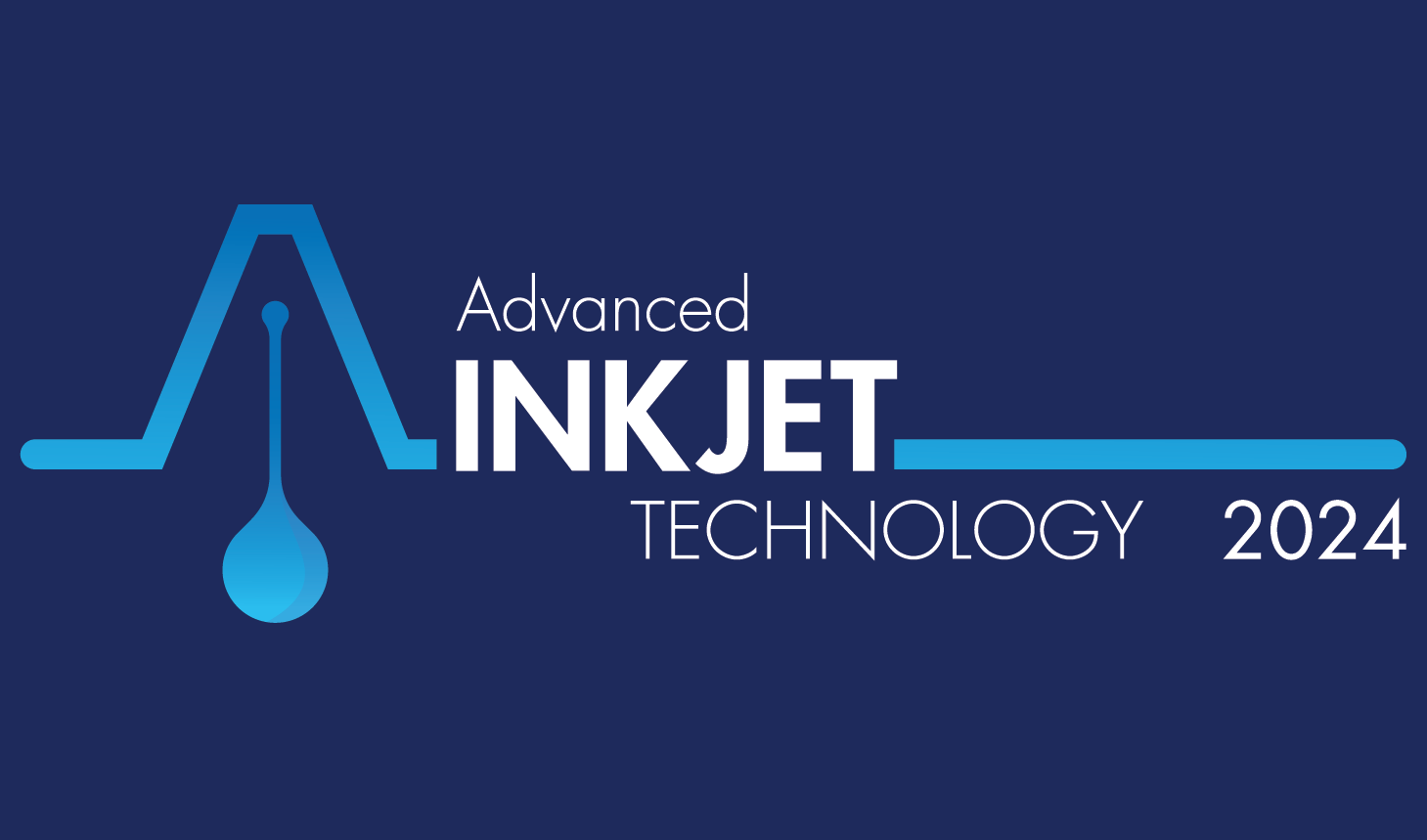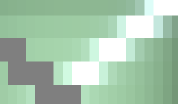
This research explores the application of image color analysis techniques to identify and classify historic photoreproductive processes—such as blueprinting, diazotype, and other early photographic reproduction methods—based on the color signatures they leave on architectural and technical drawings. The objective is to develop a systematic approach for automatically detecting the specific process used in the reproduction of these drawings, which is critical for preservation, restoration, and analysis in historical studies. Digital microscopy is employed to examine original 20th century photoreproductions from a historical technical company's archive in Greece. The processes examined are cyanotype, both positive and negative, diazotype of black and red color of line and Gel- lithography of black and brown lines. The visual features of photoreproductions are analyzed using computational pattern recognition techniques that emphasize the color of lines and type of printing process. The findings computational analysis are cross-referenced, and the resulting variables conclude the classification of prints, according to their colors. The results will contribute to the creation of an effective and accurate identification system for both photographic and photomechanical prints.


A pattern that is to be formed by a colorant on a substrate is defined in terms of the halftone image that instructs a printing system. This image contains information at each pixel as to which colorants to use at which drop states, i.e., Neugebauer Primaries (NPs) such as CC (two drops of cyan ink) or CM (a drop of cyan and a drop of magenta ink). However, the transformation from this digital input to a final printed pattern involves other steps as well as physical, colorant and substrate interaction effects. An important contributor to the final output is the partitioning of a halftone image into its complementary sub-images that are printed in each pass of a multi-pass or multi-bar printing system (common in inkjet). Typically, great attention is given to the goodness of a halftone image – good pattern distribution, good NP and ink choices – however, partitioning can also have a significant impact on the output both in terms of avoiding unwanted physical interactions (e.g., coalescence, alignment artifacts) and exercising control over the pattern. This can lead to closer correspondence to the halftone and improved print properties (such as grain and robustness) and can be achieved by co-optimizing halftoning (responsible for the spatial distribution of the halftone image) and partitioning (responsible for distributing it among the N passes or bars of a given printing system). The results are not only good overall halftone images as has been the case already, but also good partial halftone sub-images whose gradual printing in different passes results in maximized NP control and thereby its effect on the printed color.

In this paper, we explore a technique for printing on the curved surface of a human fingernail. We start by reproducing the shape of the fingernail via a 3D model. In our future work, we will apply a distortion to the halftone image to correct the deformation of the printed image.

This paper presents a status report on reader and adopter responses to printed interactive books using Ricoh’s Clickable Paper application. The paper describes how Ricoh’s Clickable Paper app has taken a major step forward with the growth of adoptions of the first book, Introduction to Graphic Communication, the completion of a second book, The Sound of Bamboo, and a third book in process focused on Black history and African American journeys to success. The diversity of these topics shows how Ricoh’s Clickable Paper technology is applicable for interdisciplinary fields such as graphic communication, the performing arts, and the social sciences._x005F_x000D_ _x005F_x000D_ A survey was taken of user and adopter reactions to the Clickable Paper application, with the major emphasis on the first book, Introduction to Graphic Communication, because it has entered its third year of use with adoptions to date by twenty-four schools. The second book, The Sound of Bamboo, focusing on music, is in its first year of adoption. Reviews to date are included. The third book is presently being written and scheduled for release in 2022. _x005F_x000D_ _x005F_x000D_ Content Analysis is the research method used to quantify the qualitative responses received. Therefore, all readers can interpret the results in the same way. _x005F_x000D_ _x005F_x000D_ In sum, the results are highly positive from students, schools, faculty members, and other readers of the Clickable Paper books. The scanning abilities of the Clickable Paper app received the greatest number of positive responses along with the value of the videos, and how the interactive Introduction to Graphic Communication book served an important need during the COVID-19 pandemic. Recommendations, for the most part, were not related to functionality of the Clickable Paper technology, but to cosmetic considerations and operational inconsistencies that some users experienced. The Clickable Paper app design received the greatest number of recommendations for improvement, followed by some discomfort in viewing images on the small screen size of smartphones. Remedies are provided.

In this paper, we describe a method to estimate BRDF measurements for different printed colours, using just the BRDF measurements of the substrate and the primary inks. A model is trained using the BRDF measurements of the unprinted substrate and the cyan, magenta, and yellow inks, where four different diffuse and specular measurements of each are used as predictors to find the reflectance factor at a different lighting and viewing angle. In this approach only four spectral measurements of each test colour are required to estimate BRDF. This reduces the number of measurements required to estimate BRDF of a printed surface and to estimate the spectral reflectances that describe its material surface characteristics.
